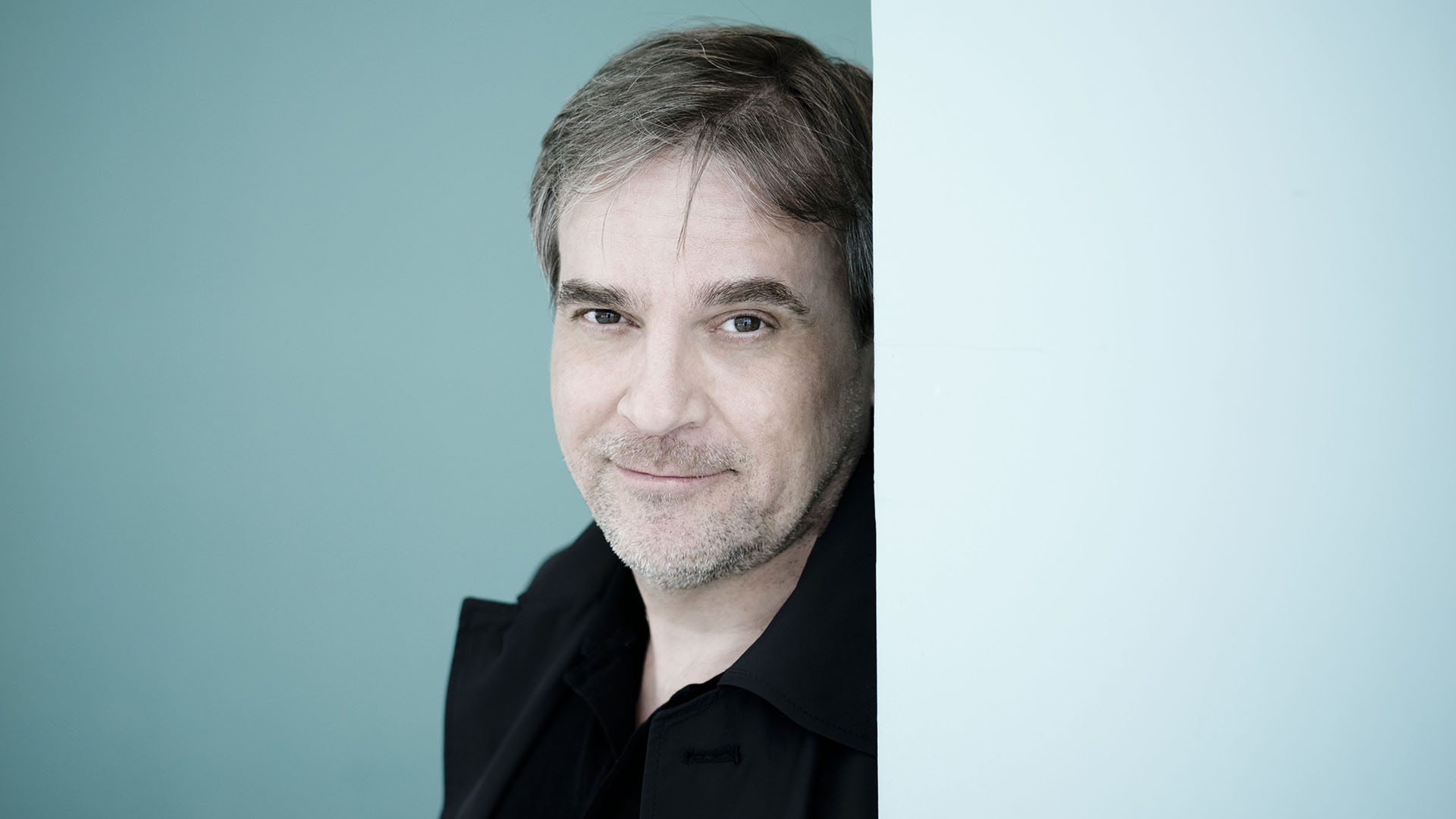Born in Tehran, composer Behzad Ranjbaran lives in New York and teaches music theory at the Juilliard School of Music. He is inspired by the rich layers of Persian music, literature and history. His Songs of Eternity are embellished with vocal ornaments and spirals.
Jean Sibelius: Autrefois, Op. 96b
In 1919, Jean Sibelius (1865–1957) had been wrestling with the final version of his fifth symphony and while still mulling over his sixth composed and arranged some smaller pieces, little suspecting that they would one day become highly prized. One of these was a Scène pastorale for orchestra and choir for the opening of an art exhibition hall. Naturally he was asked to conduct the premiere but fell asleep shortly before the start and had to be revived with half a bottle of champagne. He later arranged the choral parts for two sopranos as Autrefois (In Olden Times). In the words of the poet, Hjalmar Procopé, the beasts of the forest rejoice in their peaceful abode, nature blossoms and the rippling streams murmur as Diana, goddess of hunting, slumbers in the afternoon sunshine.
Behzad Ranjbaran: Songs of Eternity (Finnish Premiere)
Behzad Ranjbaran (b. 1955) only began studying Western music as an adult, after moving from Tehran to the United States, where he has been a member of the Juilliard School faculty for over 20 years. His music combines the cultural history of his native Persia, its melodies and instruments, with a Western Neoromantic idiom. His best-known work is the Persian Trilogy based on the epic Book of Kings written by the Persian poet Ferdowsi around a thousand years ago.
Also drawing on Persian literature is Songs of Eternity (1998), to words from the Ruba’iyat of Omar Khayyam attributed to the 11–12th century Persian poet addressing the trinity of life, death and love. The soprano soloist in the premiere of Ranjbaran’s work in Seattle in 2002 was Renée Fleming.
Jean Sibelius: The Bard, Op. 64
The Bard continues in the style to which Sibelius turned in around 1910 – the period of the fourth symphony, the Voces intimae string quartet and the orchestral song Luonnotar. Gone was the former flamboyance, to be replaced by introspection. He originally had plans for a large orchestral work, possibly in three movements, but finally arrived at the version premiered by the HPO in 1916, naturally with Sibelius conducting. The mood reflects the world of the ancient Nordic myths, an imaginary archaic medieval twilight. Roughly falling into three sections, The Bard begins in nebulous mood, with strings and harp in dialogue. Drums and winds take the lead in around the middle section, until the harp has the last word in the spirit of the opening bars.
Philip Glass: Offering based on a theme by Ravi Shankar
When Philip Glass (b. 1937) met Ravi Shankar (1920–2012) in Paris in the 1960s, the latter was writing a film score and needed someone who could speak French and English and was familiar with Western musical notation. That person was Glass. The music of Indian Shankar made American Glass aware of the limitations of Western notation. He also found that the Indian rhythms lost their vibrancy in Western translation, but removing the bar lines helped to make the music flow. Together the two masters produced an album, Passages (1990), of adaptations in their own personal styles of the other’s compositions. The result is a hypnotic mixture of Indian and American. The first track is Glass’s ten-minute Offering – a minimalist piece on a theme by Shankar based on a Hindu raga (a melodic framework for improvisation) performed on a saxophone.
Jean Sibelius: Luonnotar, Op. 70
Sibelius composed Luonnotar –The Daughter of Nature – for Aino Ackté, the great Finnish soprano and founder of the Savonlinna Opera Festival, who premiered it at the Gloucester Festival in England in 1913. Though one of his best works, it features in the repertoire of only the best sopranos due to its demanding vocal part and difficult (for foreigners) Finnish text. He had been toying with the idea of an opera based on the Finnish national epic, Kalevala, and something for soprano and orchestra in the nature of an incantation. Pohjola’s Daughter originally went by the name of Luonnotar. The final version tells the story of creation as told in the epic. A duck lays an egg in the primeval sea, it gets broken and from it are born the moon, heavens and stars. Musically, Luonnotar is in the pared-down style of Sibelius’s early 1910s period that, despite its sparse materials, makes a deep and moving impression.

